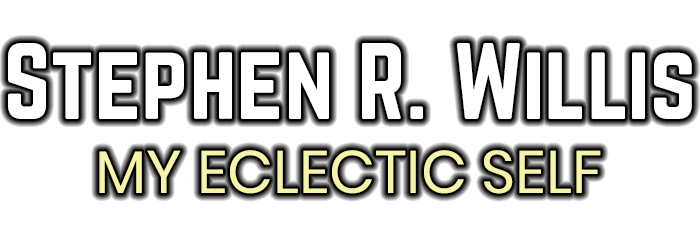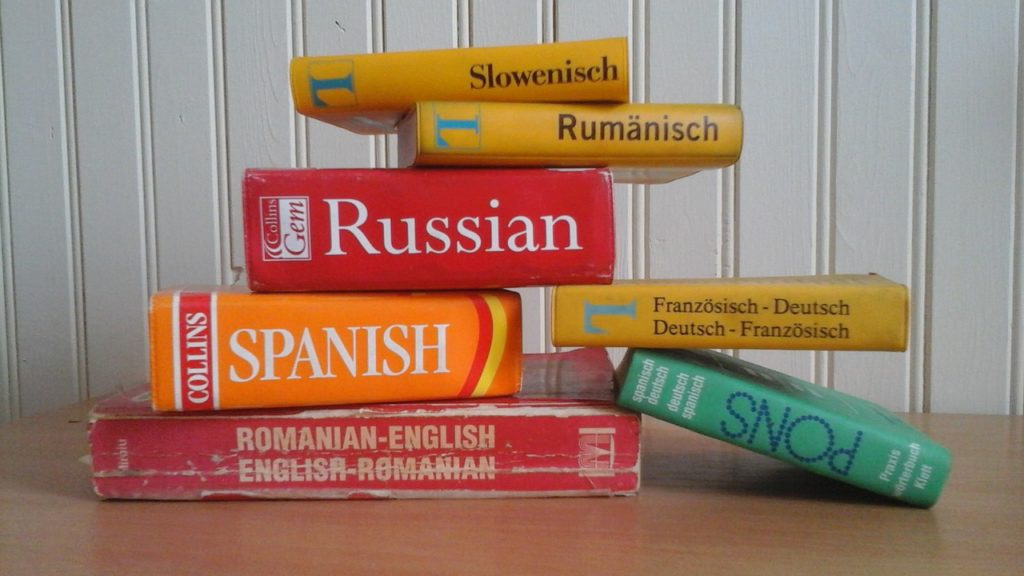A few months ago, I wrote an article on why every writer should learn a foreign language. The reality is, it gives writers a perspective they wouldn’t have otherwise. Learning a new language is a way to get into the mind of someone you don’t understand and for a writer, that is what it takes to create dynamic characters. The good news is that today is that it has never been easier to learn a foreign language. There are so many tools at your disposable and many of them are completely free too. Here is a list of my favorite language learning tools and apps that have allowed me to tackle my language learning goals.
LingQ
LingQ is a relatively new app but I have to say it is absolutely fantastic. The unique thing about LingQ is that it allows you to read in your target language from very early on. Each lesson in LingQ is a short story or article. All you have to do is start reading and just click on words you don’t know to see a translation. It has audio to go along with each lesson too. It remembers words you are familiar with and allows you to grow accustomed to the new vocabulary and grammar all while simply reading or listening in your target language. You can also import real world news articles. But LingQ isn’t all reading, it has challenging grammar and vocabulary exercises as well as the ability to exchange with native speakers right in the app. LingQ has a total of 15 languages and is easily my favorite language learning resource. The catch is that this one isn’t free. But for the value I get out of it, $10 a month is a small price to pay.
Tandem
One of the biggest advantages today when it comes to language learning is our ability to connect with native speakers over the internet. I’ve used a few different programs for this including the My Language Exchange and the app HelloTalk. But Tandem is my favorite. In Tandem you can find a native speaker, chat within the app and have video calls too. The best thing about the chat feature is that you can send and receive grammar corrections. Tandem and HelloTalk are very similar so choosing which app to use is totally up to your personal preference. If you’re looking for more language exchange options, check out the Lindsay Does Languages blog on language exchange which goes through an exhaustive list of them.
iTranslate
Digital translators often get a bad rap for having an awful track record, especially when it comes to grammar. But iTranslate is as close as it gets to perfection from a digital translator. While it is more reliable with European languages, you can often even get the right grammar when you translate a simple sentence. It’s a great app to have on your phone when you need a quick translation. Their Pro features are also really awesome. With pro, looking up a word it will give you conjugations and tenses as well.
Memrise
Memrise is not quite a popular as Duolingo, but it is the best for building vocabulary. In addition to learning vocabulary, Memrise allows users to share mnemonics to help you remember challenging words. They have courses for nearly any language out there including Elvish, Klingon, and Morse Code. Because Memrise allows user to submit their own courses, it has many other great gems you won’t find elsewhere such as the course on swearing in Dutch. I guess my point is that Memrise has pretty much everything you can think of.
Duolingo
This is probably the most popular app for language learning. As of this writing they have 22 languages with another 6 in development. It is also completely free. Duolingo is a great app and a fantastic place for any language learner to start. It’s really the app that got me started learning languages. But don’t make the mistake of only using Duolingo. If you’re not actively working on your target language in other ways too, all I can say is, good luck.
I hope this list helps you find the right tools to help your further your language learning goals. If there are any language learning tools that you think I should have included, leave a comment and let me know!




